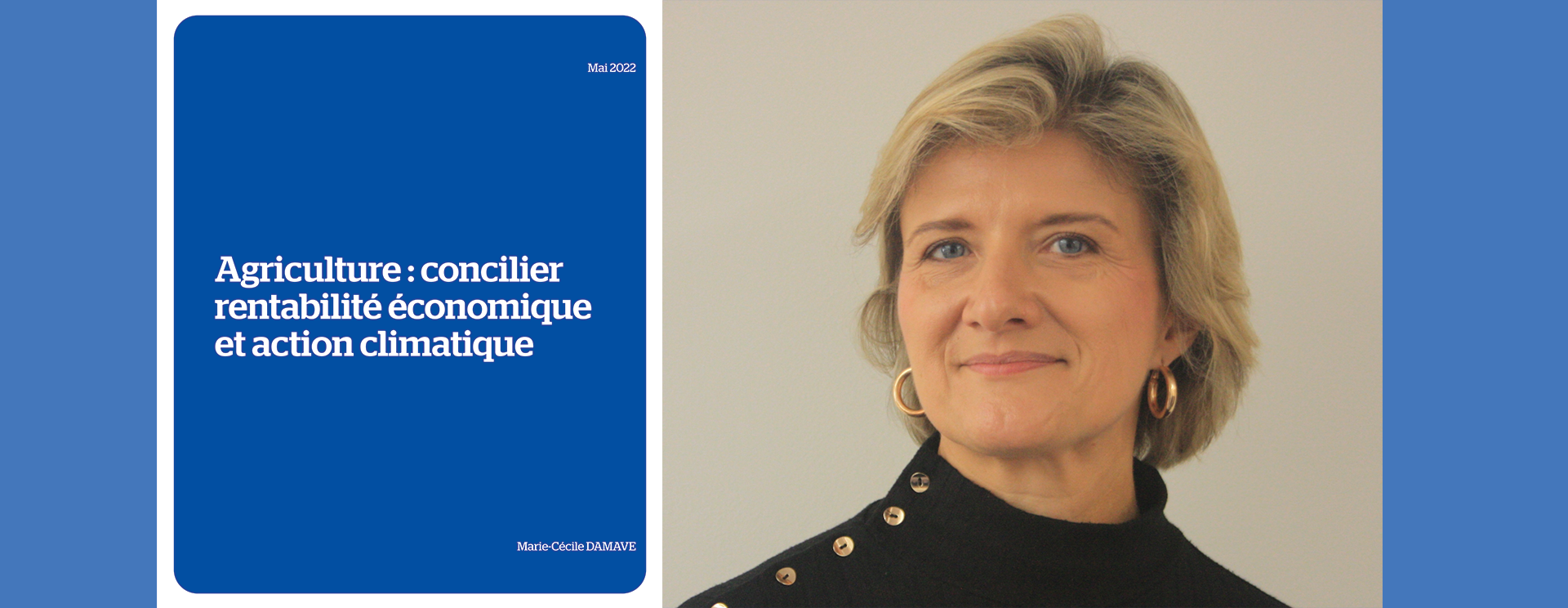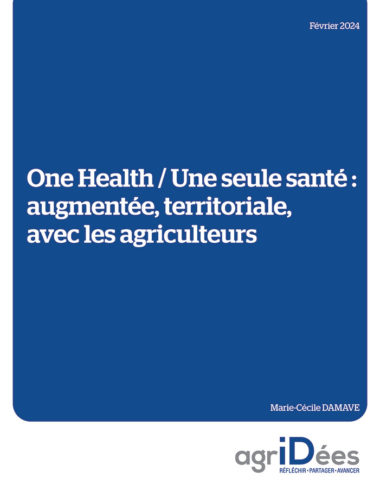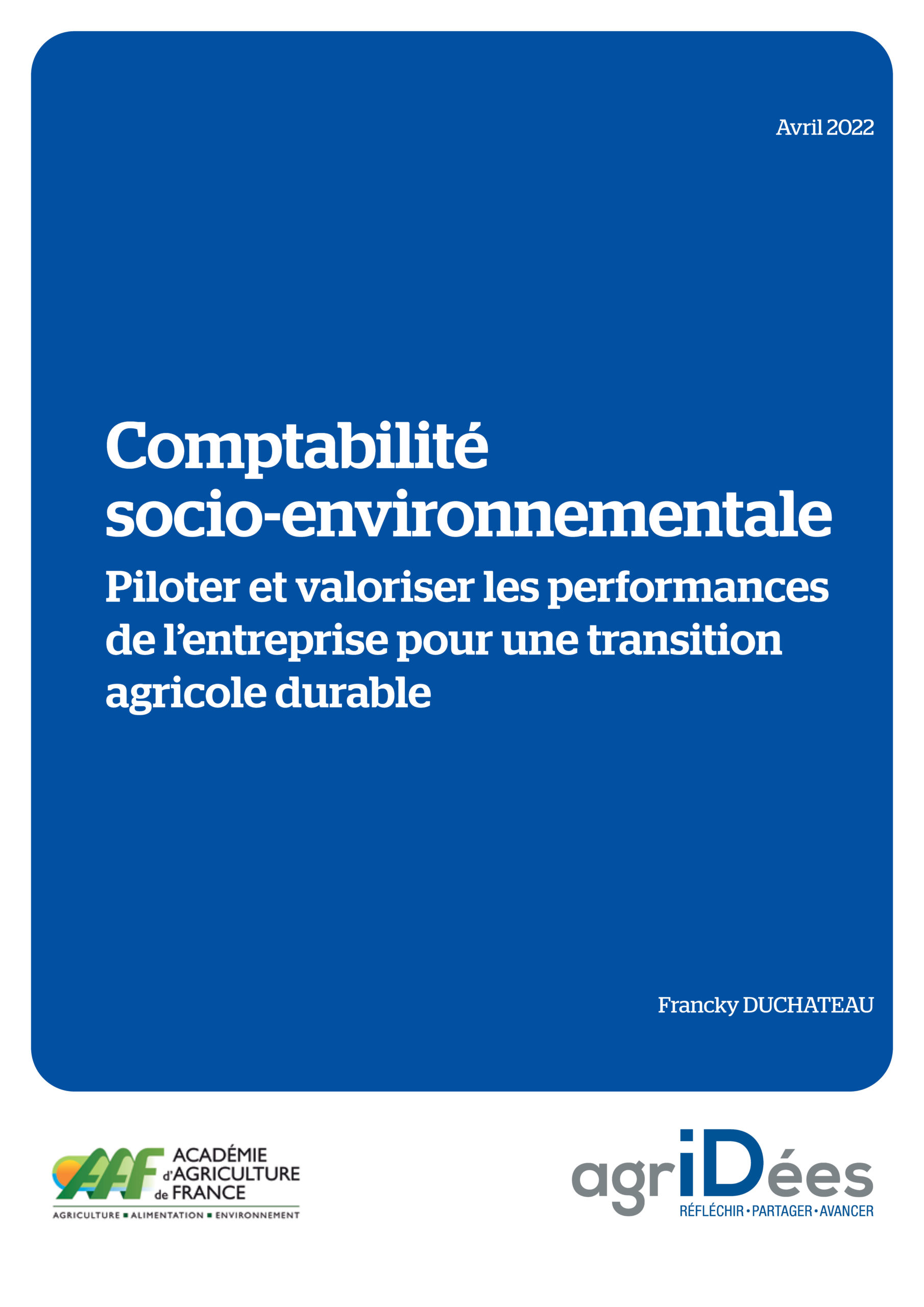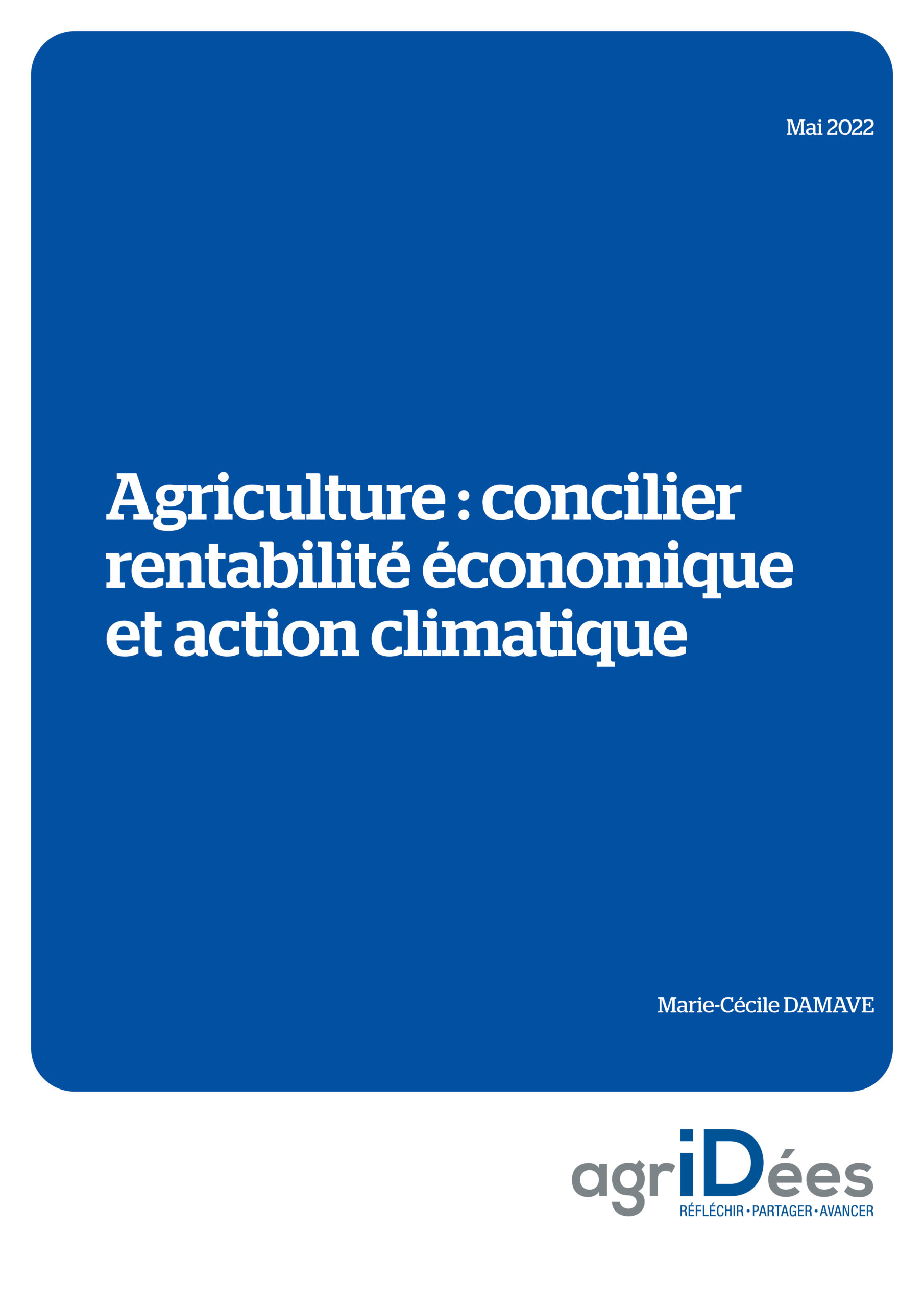Notes
Temps de lecture : 5 min
16/05/2022
Agriculture : Combining economic profitability and climate action

English Version for Summary and Recommendations only.
Résumé
Farmers have always had to adapt to the variable weather conditions. Current climate change, however, requires them to anticipate extreme conditions more accurately in order to avoid serious losses in their production. Indeed, extreme events (heat and cold waves, floods, droughts) are becoming increasingly frequent and erratic. Farmers must deal with these risks by adapting effectively in order to assure profits on their farms. On a larger scale, farming plays a vital role in helping to mitigate climate change. Along with forests and oceans, it is one of the few sectors contributing to carbon sequestration. Reducing the carbon footprint of agriculture involves both lowering greenhouse gas emissions (mainly nitrous oxide and methane) and increasing carbon stocks in soils. Agricultural production must not be alone decarbonizing the food and non-food value chains to which it belongs. These chains are all involved in decarbonizing the economy, and it is important that each link in the chain, in particular the farmer, be recognized for its distinctive role and efforts undertaken.
In addition to a well-designed insurance system, which is not the subject of this publication, there are two main categories of leverage both efficient and profitable for farm managers in contributing to their own as well as the entire nation’s resilience to climatic uncertainties. The first is low-carbon precision farming which generates carbon credits and is financially compensated by the agri-food industry. Premium prices are paid for agronomic practices aiming at optimizing the following: (1) soil that contains higher levels of organic matter; (2) livestock management; (3) the use of digital decisionmaking instruments to control nitrogen fertilization and irrigation; (4) animal and plant genetics to save and use water and fertilizers more efficiently; and (5) predictive mathematical models to anticipate more precisely and deal with climatic contingencies more effectively. Scores for sustainability must be implemented in order to inform citizen-consumers of measures taken upstream.
The second category is the production of renewable energies (electricity, biogas, biofuels) by farmers to substitute for frequently imported fossil energies (coal, gas, oil) complementary to the production of food, which must remain the number one priority. Installation of an anaerobic digester or solar panels as part of the system of agrivoltaism requires significant investment in order to realize fully industrial units that must be accepted, in addition, by society upstream. Not all farmers have the means for such projects. Anaerobic digestion, however, appears to be potentially the most profitable driver in the long term, contributing in particular to the energy and fertilizer autonomy of farms,management of livestock waste, and the maintenance of soil fertility. Energy produced must be promoted to citizen-consumers as bio-based and renewable.
The most effective and profitable combinations of these different drivers must be optimized on each farm to enable farmers to adapt effectively to climate change and to contribute on their own levels in mitigating these phenomena. At the same time, these contributions must meet the nation’s strategic challenges of food and energy security. To achieve these goals, mobilizing stakeholders, training farmers, and involving citizen-consumers are essential. Accelerating technological innovation and establishing a standardized certified European system of outcome-based agricultural carbon credits are also altogether indispensable.
Nos propositions
Building a standardized and certified European system of agricultural carbon credits that is sustainably remunerative for farmers and attractive for investors:
• The value of carbon credits should depend on criteria included in an outcome-based sustainability index combining soil fertility (organic carbon content, biodiversity index, water retention capacity and quality, soil erosion) and carbon balance (carbon storage and greenhouse gas emissions);
• Rewarding farmers’ efforts that have already been made with a higher support for maintaining high rates of organic matter in soils above the local average (conservation agriculture, permanent grasslands) than for increasing rates of organic matter lower than local average;
• Funding initial carbon balance diagnosis and supporting transition to low-carbon agriculture by public payments for 5 years (training on adaptation and mitigation drivers and tools, on soil functioning and soil analysis);
• Taking into account the soil sustainability index to assess the value of the land and of land tenancy;
• Encouraging investors to support low-carbon transition: compensating their emissions with a minimum of mandatory agricultural and forestry carbon credits generated in France and in the European Union and reducing their own value chains’ emissions.
Informing and involving citizens-consumers:
• Involving and inform citizens in the neighbourhood of industrial units (anaerobic digesters, biorefineries, agrivoltaic installations…) from the outset of the project so that it can be carried out as efficiently as possible and while respecting the comfort of all;
• For food products, implementing multi-criteria sustainability scores that are harmonized at the European level to reflect the efforts made upstream by farmers (generating carbon credits, diversifying food supply with varieties and species that are resilient to climate change), rewarded by premiums for farmers;
• For non-food biobased products (energy, materials, green chemistry) implementing a labelling indicating the biobased and renewable nature and the number of tons of CO2 equivalent avoided compared to their fossil-based equivalent.
Accelerating R&D and innovation:
• Decision support tools based on predictive mathematical models to better manage climate risks;
• Animal and plant nutrition to reduce GHG emissions: feed additives, biostimulants, biofertilizers to enrich the soil with organic matter and improve drought tolerance, decarbonated fertilizers;
• Animal and plant genetics: improved nutritional efficiency (more efficient use of nitrogen and water, reduction of N2O emissions, tolerance to water stress, reduction of CH4 emissions from ruminants); carbon storage in soils (root development); nutritional properties in response to the dietary transition towards a better balance between animal and plant proteins (cereals, legumes);
• Robotics and precision equipment (irrigation) to save water and energy.





